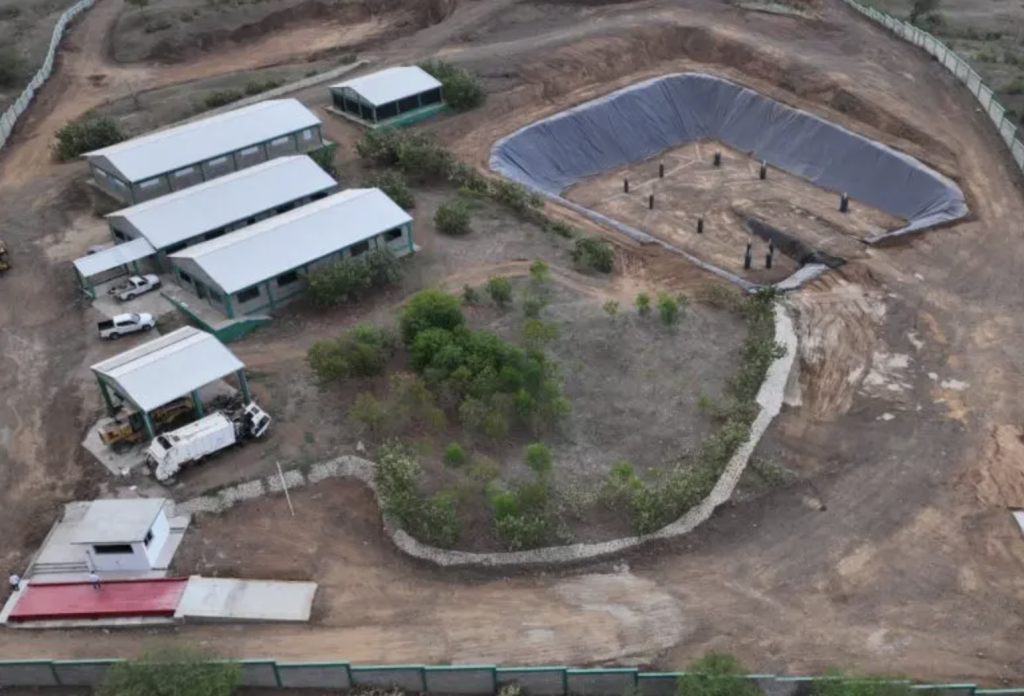
Armando Paino Henríquez, executive director of the Public-Private Trust for Integrated Solid Waste Management (DO Sostenible), says the government entity is working so that by 2027 the country may have the landfills necessary for the final disposal of wastes, estimated at more than 13,500 tons per day, as reported in El Dia. He estimates at US$650 to US$700 million the capital needed to complete the projects nationwide.
This alliance seeks to get the private sector involved in creating infrastructures that guarantee the financial sustainability and the quality of waste management in an optimal way.
Eight of 30 projects for waste disposal have already been completed, benefiting 1.1 million people so far. The government entity is giving priority to waste disposal projects in tourist and coastal areas.
Henriquez announced his satisfaction in the technical closure of the waste dump in Dajabon. The modern waste center was scheduled to be inaugurated on Thursday, 11 July 2024, and includes an area for the sale of recycled waste.
Henriquez said there are similar centers in San Francisco de Macorís, Tamboril, Villa Fundación, Villa González, Moca and the National District. Other landfills that are being managed are those in Pedernales, Barahona, Bani, Azua, La Romana, Montecristi, Puerto Plata. Emergency interventions have been carried out to the waste dumps in Sosua and Imbert (Puerto Plata) and Jarabacoa.
He mentioned the incentives for private sector involvement has spurred private ventures in Verón in La Altagracia, where some 20 open dumps were closed, and in La Romana.
“We are already handling 40% of the waste in the Dominican Republic, more than 5,000 tons per day, complying with the standards of the law,” he told El Dia reporters and editors, including executive editor Jose P. Monegro. He said in a second phase regional waste disposal sites will be created to create economy of scale and take advantage of the same equipment, weighing and management personnel.
During the visit to El Dia, Henriquez explained that DO Trust was created in 2021, within the framework of Law 225-20, and at a time when there were 240 open garbage dumps, according to a diagnosis made by the Japanese Cooperation Agency (Jica).
Henriquez mentioned several of the greater challenges. These include composting, that is to find technology to involve the population in the composting process. The goal is to transform kitchen waste, branches and leaves into organic fertilizer. Furthermore, he spoke of the importance of complying with the present management regulations that cover extended producer responsibility, management of special waste such as electronic waste, tires, single-use plastics and the separation at the source.
He said that Duquesa, the main landfill for Greater Santo Domingo continues with its technical closure in cooperation with the World Bank and Spanish and Japanese cooperation agencies. A recycling plant will be built adjacent to Duquesa. The closure of the landfill will still take four to five more years.
In a separate interview for CDN Noticias on TV, Henriquez also spoke of the challenge to salvage Ozama River. He says the Ozama River is the second largest garbage dump in Greater Santo Domingo, only after Duquesa. He said the river receives over 500 tons of waste daily, mostly irregularly discharged by industries. Henriquez considers the massive accumulation of solid waste should be regarded as a national emergency and become a top government priority. He said the DO Sostenible trust has identified around 200 companies that discharge their untreated waste directly into the river, exacerbating the environmental damage.

